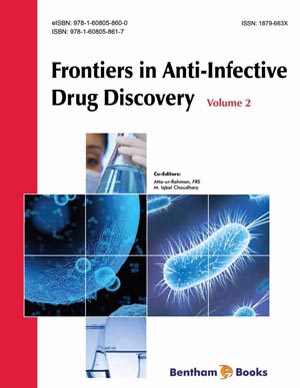Abstract
Antimicrobial resistance is a type of drug resistance where a microorganism is able to survive exposure to the antimicrobial agent. While a spontaneous or induced genetic mutation in bacteria may confer resistance to antimicrobial drugs, genes that confer resistance can be transferred between bacteria in a horizontal fashion by conjugation, transduction or transformation. Resistance can be intrinsic as a naturally occurring trait arising from the biology of the organism, or acquired by mutation or by acquisition of new DNA. Many diseases are increasingly difficult to treat because of the emergence of drug-resistant organisms, including HIV and other viruses; bacteria such as staphylococci, enterococci, and E. coli which cause serious infections in hospitalized patients; bacteria that cause respiratory diseases such as pneumonia and tuberculosis; food-borne pathogens such as Salmonella and Campylobacter; sexually transmitted organisms such as Neisseria gonorrhoeae; Candida and other fungi; and parasites such as Plasmodium falciparum, the cause of malaria. The emergence of antimicrobial resistance is not a new or unexpected phenomenon. It is an inevitable result of the rapid replication and evolution of microbes. The main mechanisms by which microorganisms exhibit resistance to antimicrobials are: drug inactivation or modification, alteration of target site, alteration of metabolic pathway, and reduced drug accumulation by decreasing drug permeability and/or increasing active efflux (pumping out) of the drugs across the cell surface. Additionally, increased mutation rate as a stress response can occur. Factors contributing towards resistance include overuse of broad-spectrum antibiotics, incorrect diagnosis, unnecessary prescriptions, and improper use of antibiotics by patients. The molecular mechanisms of drug resistance provide the essential knowledge on new drug development and clinical use. These mechanisms include enzyme catalyzed antibiotic modifications, bypass of antibiotic targets and active efflux of drugs from the cell. Multidrug resistance can be reversed by a variety of pharmacological agents which promote drug accumulation. Monoclonal antibodies provide a potentially valuable alternative means of reversing multidrug resistance. Understanding the chemical rationale and underpinnings of resistance is an essential component of our response to this clinical challenge.
Keywords: Bacterial resistance, fungal resistance, mechanism of antimicrobial action, molecular mechanism of antimicrobial resistance, viral resistance.






















